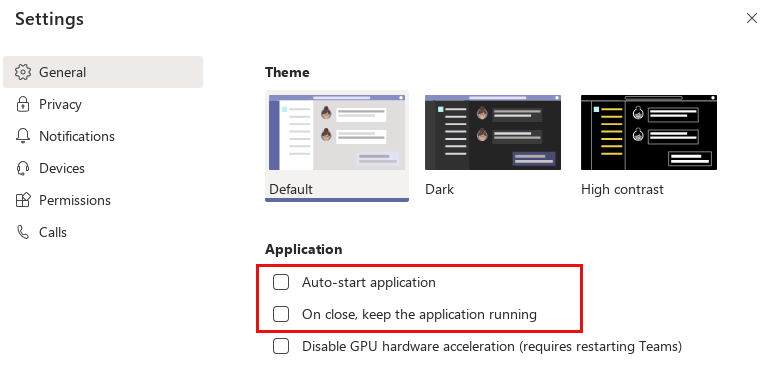I just read an interesting book about quantum theory by Hans-Peter Dürr. In this book Hans-Peter Dürr criticizes the classical physics sciences by describing the constantly attempt to find the smallest component of physics – the atom – in the hope to answer the last question. But it is the quantum theory that shows that this smallest building block does not exist at all and that everything is connected to everything and that there is ultimately only the ONE. I myself find this theory very difficult to understand, but it has brought me to something that we can also observe in modern software architecture – the microservice architecture.
The idea of microservice architecture is to split complex systems into smaller building blocks – the services. This usually works very well in the beginning, up to the point where the individual services have to be connected to each other to meet certain requirements. At this point, the concepts of choreography and orchestration come into play. These concepts are well documented within the microservice architecture by the SAGA Pattern. I have published some blogs and articles on this topic myself. So I don’t think this architecture is a bad idea.
But it is interesting to note that this approach is very similar to the model of classic physics criticized by Hans-Peter Dürr. We build various tiny services and feel very superior in a project, as we can isolate and release a single function in the shortest possible time. But then comes the moment when we have to implement interactions. Our service must cooperate with all the other tiny services. And suddenly things are no longer so simple and isolated. We notice that everything is related and we can only be successful with openness and cooperation. But often the corresponding structures are missing in large software projects. Then we try to insist on the functionality of our so beautiful tiny isolated services. We’re not ready to see the world out there as it really is. And sometimes software projects fail at this point.
Isn’t it surprising that in the end we always keep falling back on the same realization?

